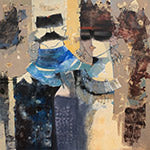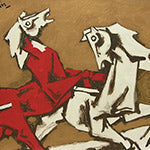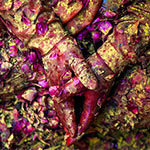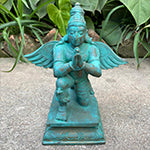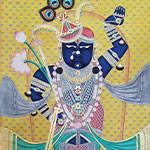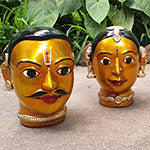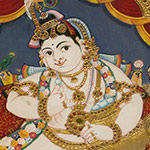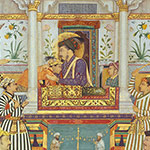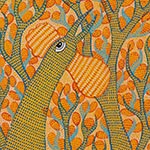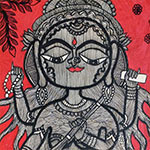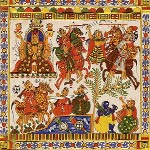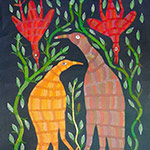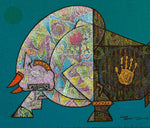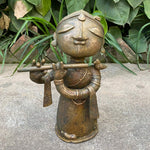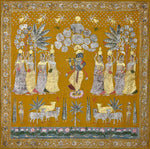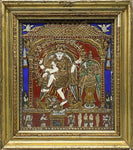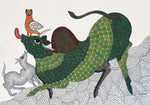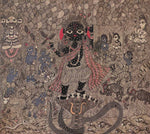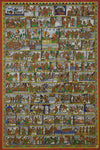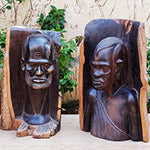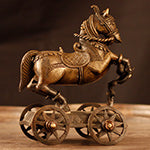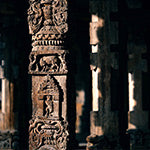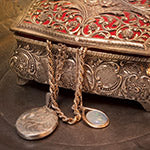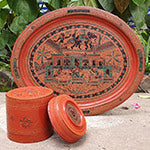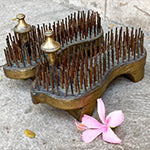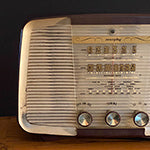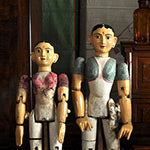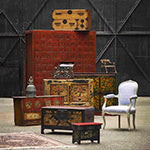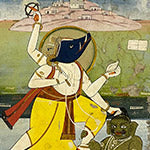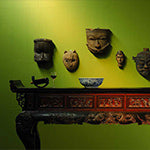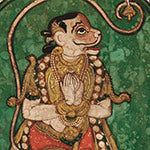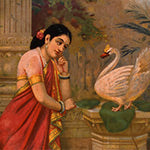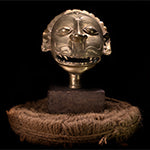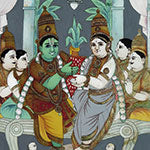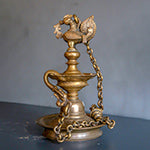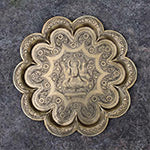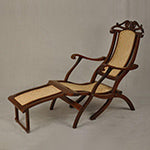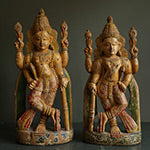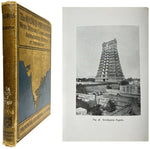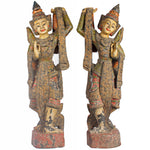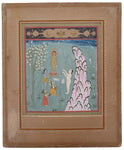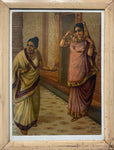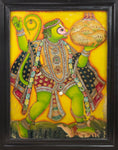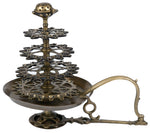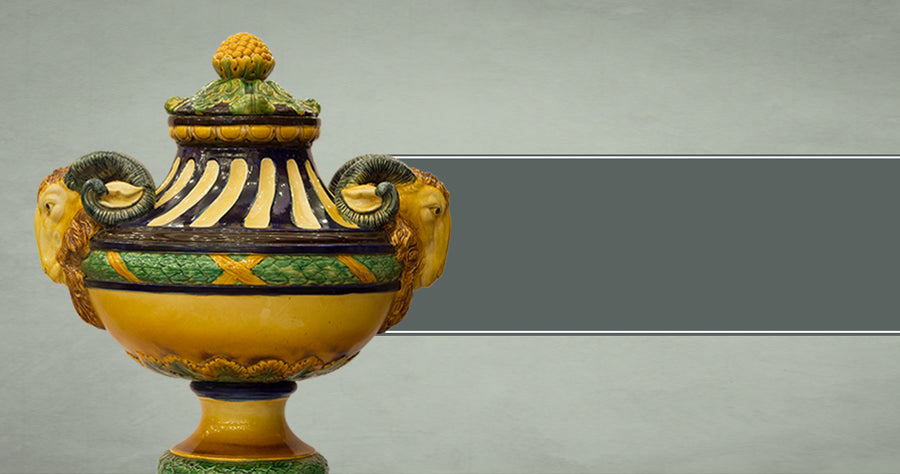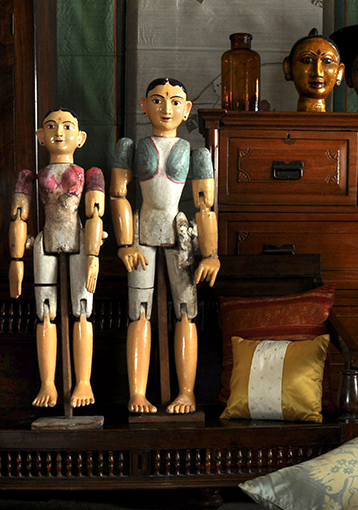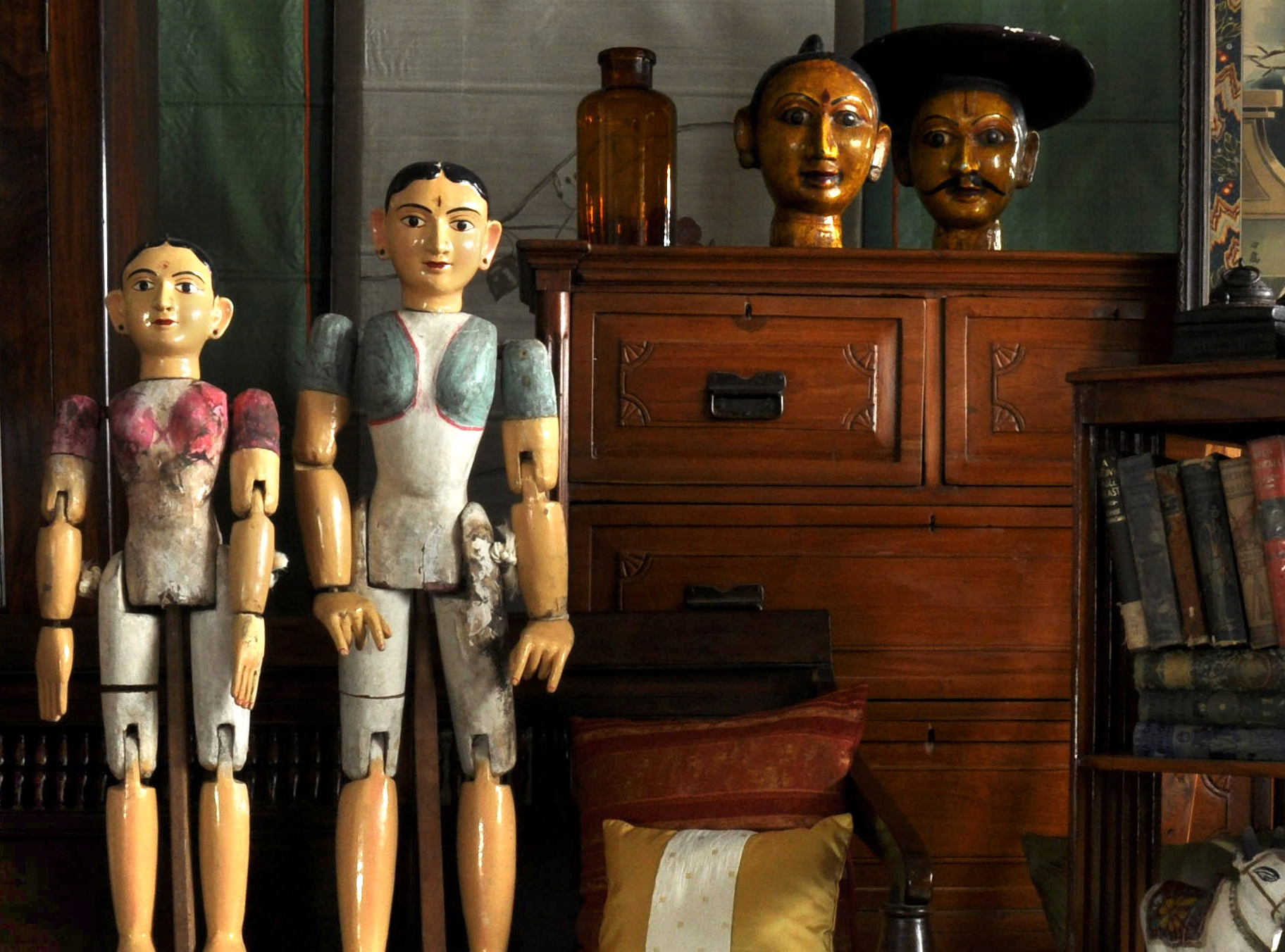The Lost Wax Technique of Casting – How the Finest Sculptures Are Made Around the World
Art WiseThe craft of making sculptures using different metals dates back thousands of years. Since the earliest of civilisations, metals have been melted, cast and shaped in moulds to create statues. But the level of intricacy and detailing achieved can vary significantly, depending on the process of casting. The lost wax casting technique was invented to create the finest level of detail in sculpting. It is a method of metal casting, in which hot metal is poured into a wax model, which is ‘lost’ during the process. Taking its name from the French term “cire perdue”, the lost wax casting technique originated more than 5,000 years ago. Even today, highly detailed, one-of-a-kind sculptures are made around the world using this technique.

The History of Lost Wax Sculptures in India
In the olden days, castings in India were often made in pure copper, but bronze (an alloy consisting of copper and other metals) quickly became the preferred material for statuary, as it is stronger and more tensile. The iconic “Dancing Girl” bronze sculpture, made in 2500 BCE in Mohenjo-daro, is one of the earliest known Indian sculptures created using the lost wax technique.
 The Dancing Girl
The Dancing Girl
Source: Harappa.com
Although bronze casting has a long history in India, mastery of this technique scaled new heights of excellence during the rule of the Chola dynasty, one of the longest ruling dynasties in the history of Southern India (c. 850 CE - 1250 CE). In the Chola period, bronze sculptures of religious Hindu deities were created as movable alternatives to the immovable stone sculptures in the inner sanctum, as they could be carried outside the temple for daily rituals, processions, and temple festivals. Nataraja is one of the most common subjects depicted in Chola bronzes.
 Chola Bronze of Nataraja, circa 950 - 1000 CE
Chola Bronze of Nataraja, circa 950 - 1000 CE
Source: Wikipedia
Till date, original ‘Chola bronzes’ are highly valued and admired not just in India, but around the world. Many sculptures made in South India even today, take inspiration from the distinctive Chola style.
 Chola Bronzes of Shiva and Parvati (Sivagami), 1012 CE
Chola Bronzes of Shiva and Parvati (Sivagami), 1012 CE
Source: Rajaraja Museum
 New Sculptures of Shiva and Parvati (Sivagami) made in the Chola Style
New Sculptures of Shiva and Parvati (Sivagami) made in the Chola Style
Available on Artisera
A Step by Step Guide to the Lost Wax Technique of Casting
Exquisite and highly-detailed, the finest lost wax sculptures take several weeks or months to make. Given the difficulty of the technique and the time-consuming process of creating these pieces, high quality lost wax sculptures are increasingly difficult to find. The elaborate and complex lost wax technique of metal casting is divided into many stages.
First, a well-detailed solid wax model of the figure is created.
Then, a clay mould is made around the wax model. This is heated, thus melting or ‘losing’ the wax.

Molten bronze (or any other metal) is then poured into the empty clay mould. Upon cooling, the clay is broken to reveal a solid bronze statue.

The sculpture is then filed and buffed to remove scratches and give it a shine.

Handcrafted by skilled artisans, each sculpture made using the lost wax technique is unique, as the mould must be broken to reveal the final piece. And the beauty of lost wax sculptures lies as much in their detailing, as it does in the fact that they are truly one-of-a-kind.


